By Jonathan Bennington
This is an essay about one artist’s late, and still expanding, body of work, a genre with which he is not exclusively preoccupied, although the repeated creative sessions have mounted up and what has emerged from the studio now constitutes an extensive series. If John Kingerlee had been a composer or a poet the results might have been a song cycle, a series of sonnets, or perhaps the individual verses of a lengthy prose poem.
As assemblages of paint and paper the SRIKs likewise possess a strong family resemblance, akin to variations on a theme, indelibly linked by their shared techniques and materials. At the same time they spring from a celebratory frame of mind that delights in the wonders of existence and is thankful for the progress his life has taken, journeying at various times from Cornwall to Cork, Spain to Morocco and Ibiza to India. The vantage point from which he takes stock of the past and makes the most of the present is his studio in Skibbereen, a small town on the River Ilen 80 kilometres southwest of Cork.
These unique artworks are variations on a theme, each one complete in its own right, whilst retaining a c o l l e c t i v e value akin to stone building blocks that extend in space and time, filling the visual field coherently and with strong sensory appeal. Kingerlee, that lover of ancient time-stained walls, is fashioning his own labyrinthine structure using colour, texture, graphic marks and found materials. In doing so he combines the roles of architect, supplier, builder and graffiti artist, attentively overseeing each process, and with more than a nod to his pantheon of great artists from the last century.
Although Kingerlee’s tastes in art are wide-ranging, from Georges Braque and Paul Klee to Constant Permeke, Jean Dubuffet and Asger Jorn, when it comes to the SRIKs the name itself pays homage to two of his most far-reaching discoveries: Kurt Schwitters (1887 – 1948), who had links with Hanover in Germany and Ambleside in the Lake District; and on the other side of the Atlantic Robert Rauschenberg (1925 – 2008), the New York based precursor of Pop and the only American artist with whom Kingerlee feels a strong connection, championing his work of the 1950s in particular. As Kingerlee explains:
SRIK is a word derived from three surnames – Schwitters, Rauschenberg, Kingerlee. A small family tree. A line of inheritance. I have always had a love of Kurt Scwhitters – the man himself and his work. And this love continued on into the work of Robert Rauschenberg. Work done in the fifties when he was a poor man & unknown. The SRIKs are absorbing and housing a lifetime’s random collection of memorabilia. Old notes, old letters, old drawings etc. which I carried for years, all passing out of my life and into the world of pictures
Kingerlee’s explanation tellingly reveals that he identifies with both artists & is inspired as much by their non-commercial dedication to their craft, no matter the struggle they endured to gain recognition, as he is by their commitment to innovation & experimentation. He, like them, has never compromised his integrity by making concessions to popular taste, preferring to single-mindedly plough his own furrow. By so doing he was able to reinvent himself, evolving new forms of expression that were underpinned by a quest to rewrite the technical rule book.












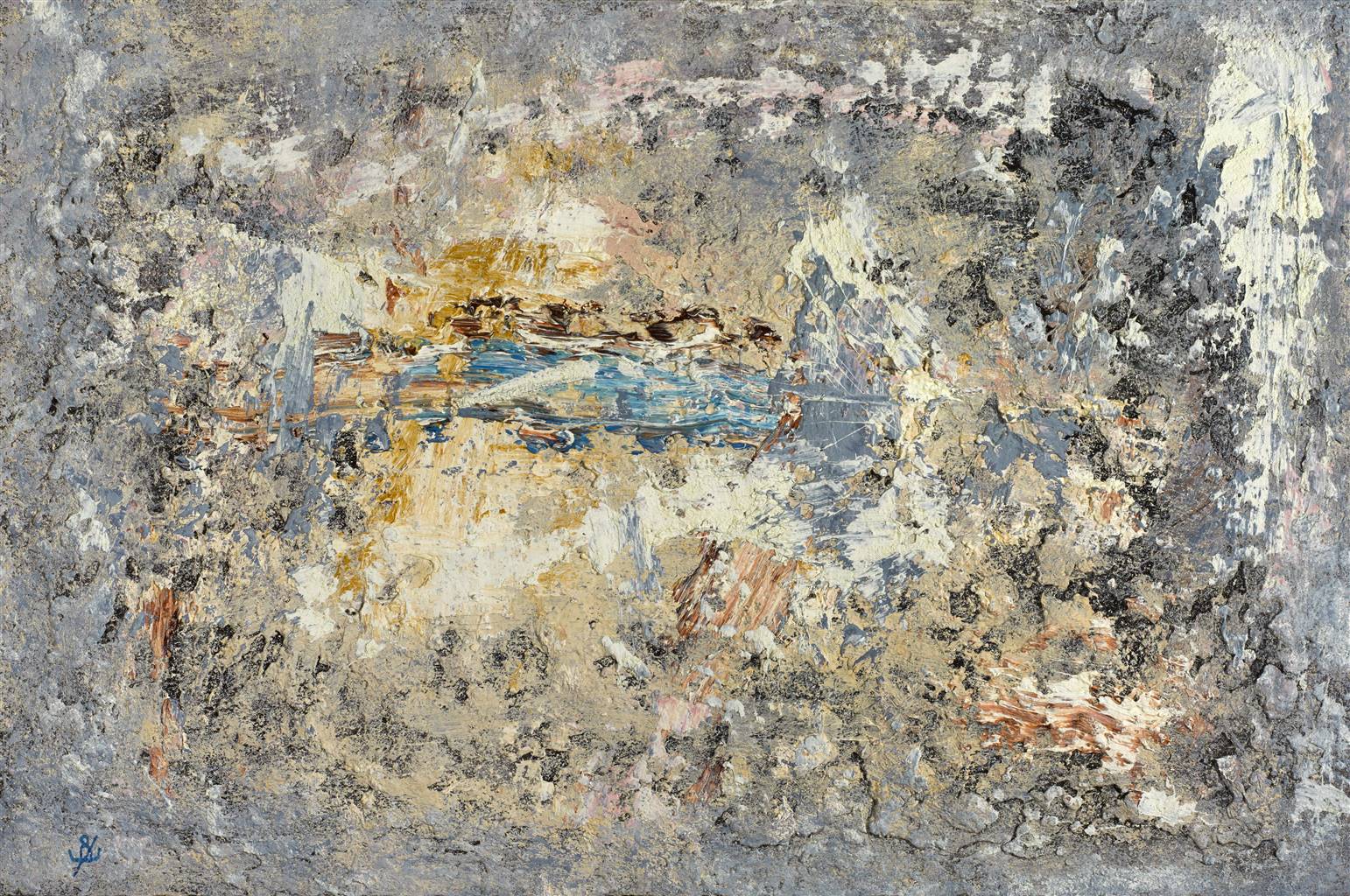
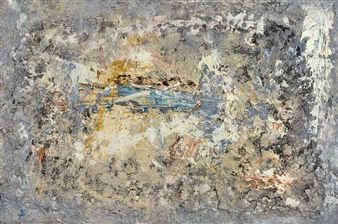
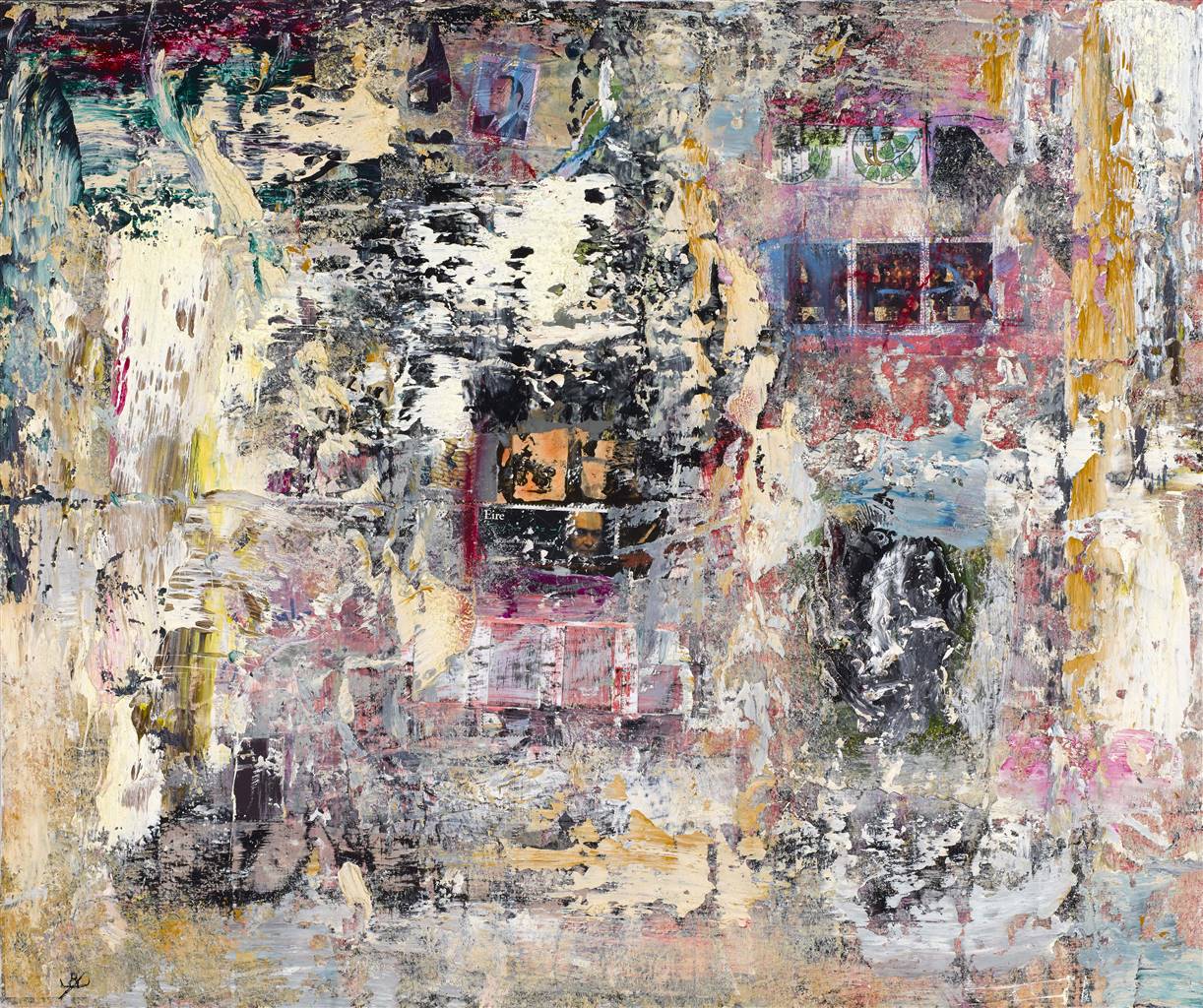
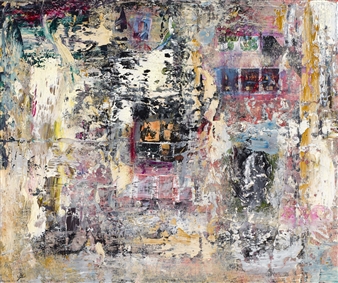
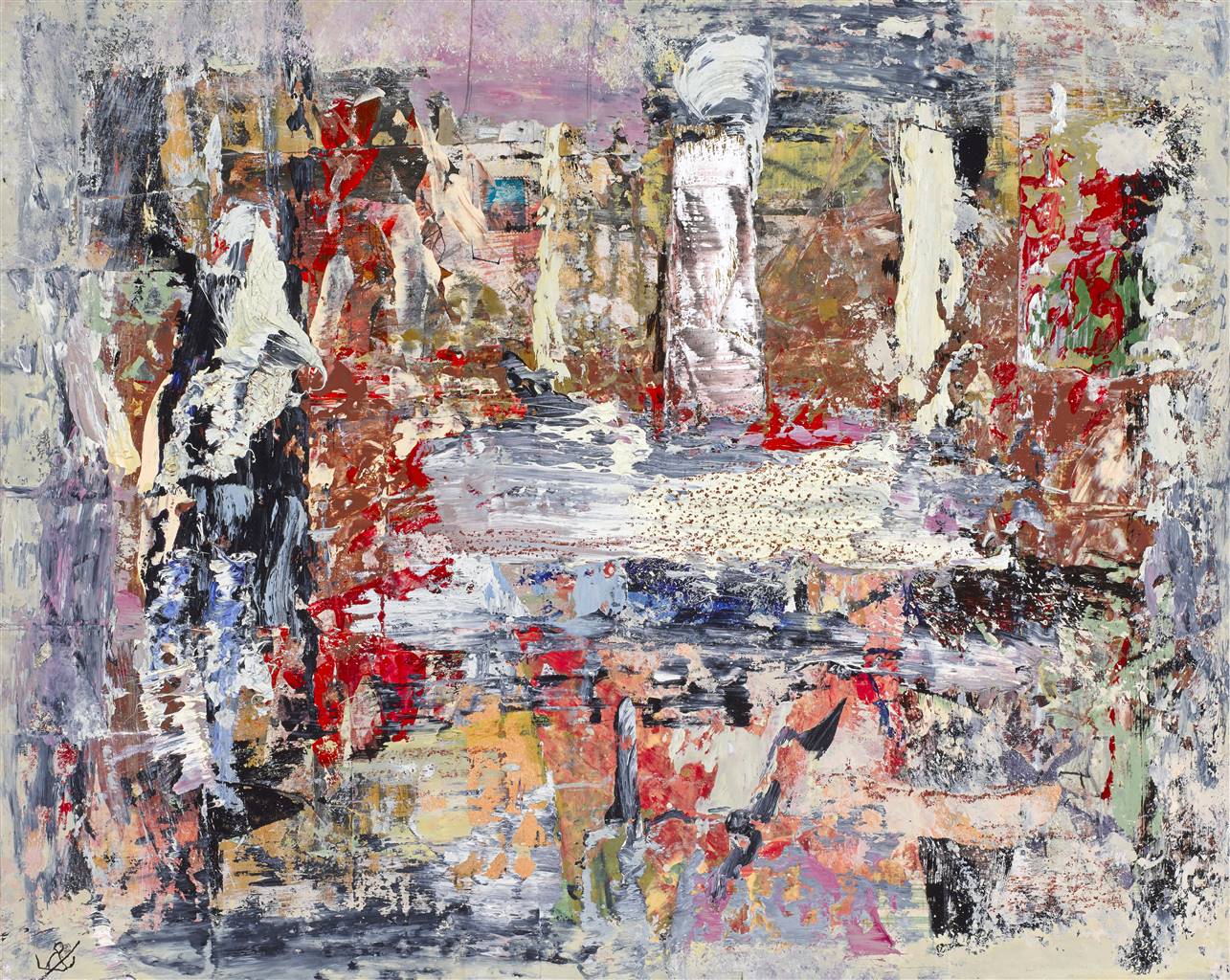
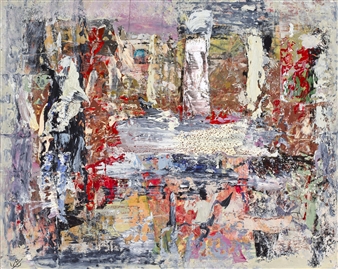
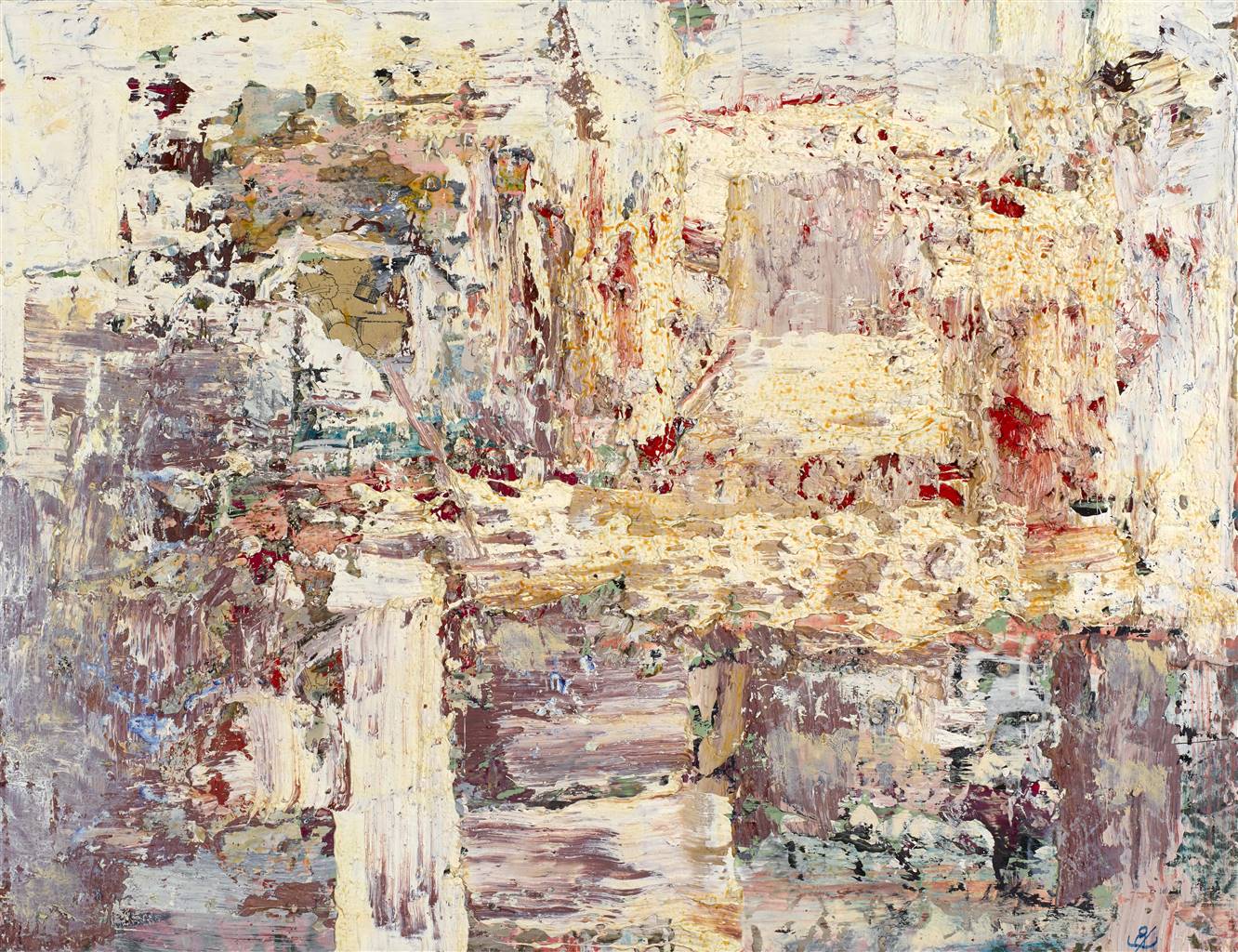
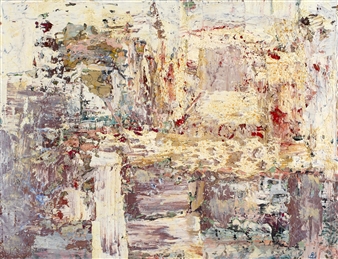
Reviews
There are no reviews yet.